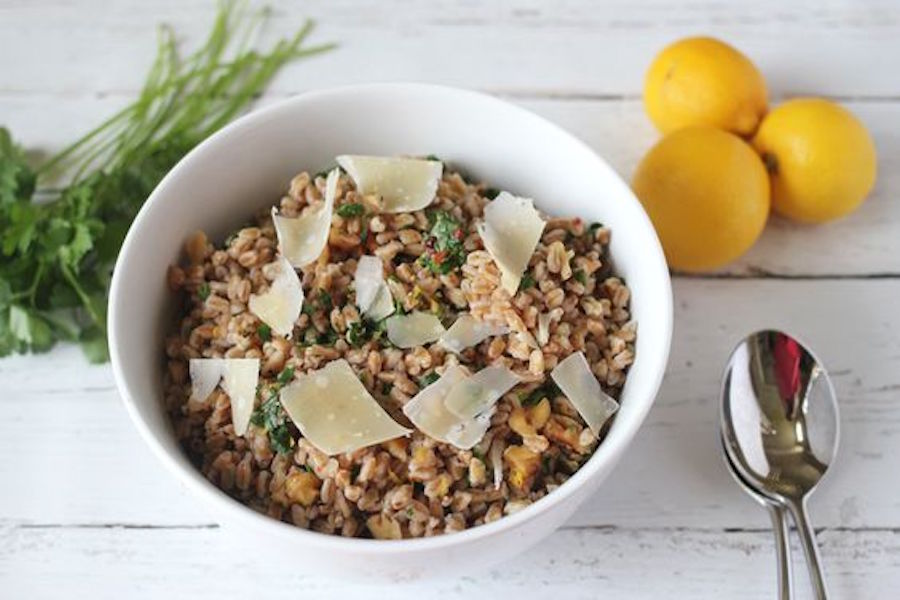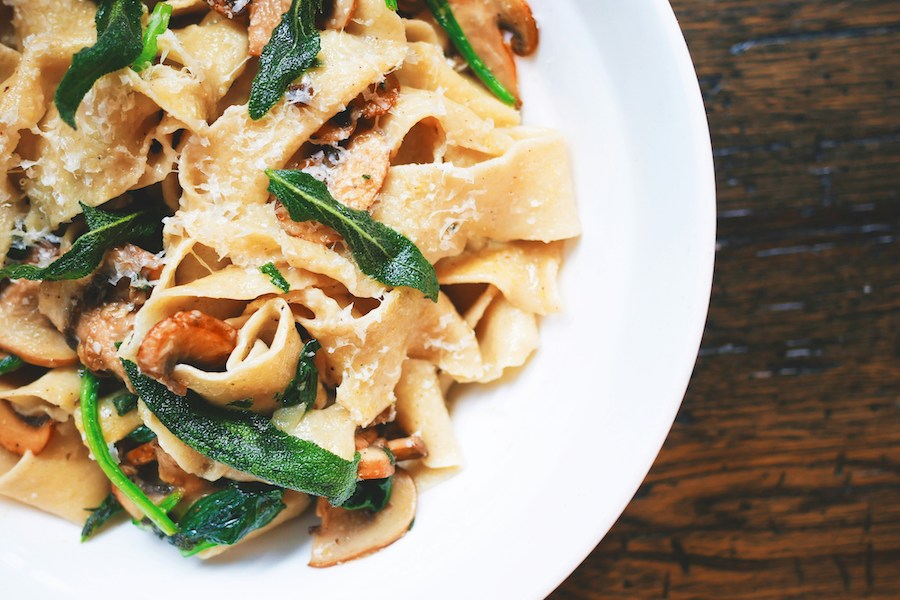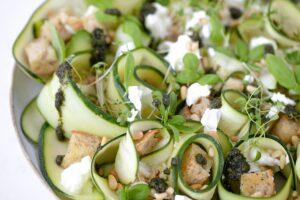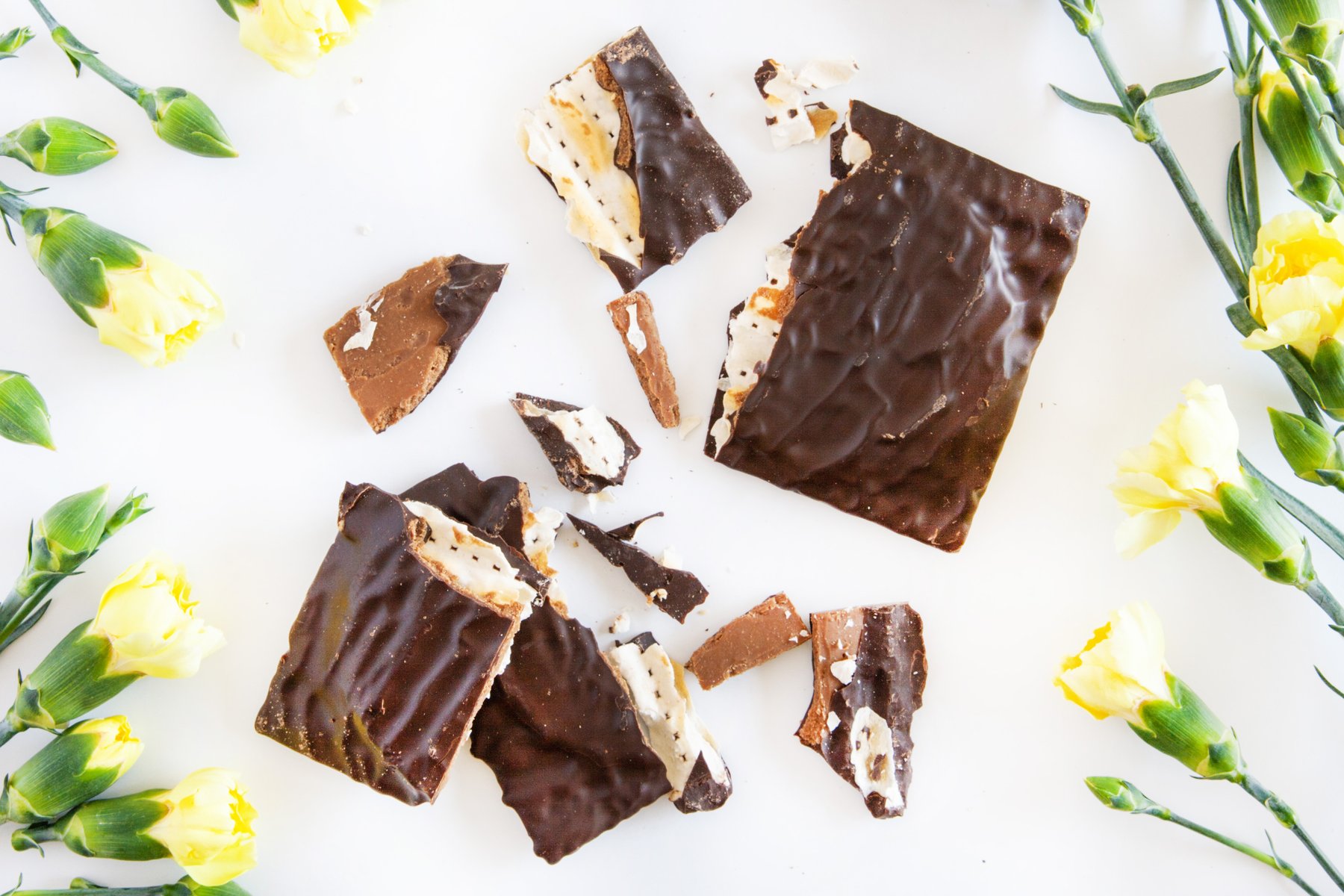My husband laughs at the fact that he learned about the Italian grain farro at the same time as his three-year-old daughter. It’s not something that he or I grew up with, but in recent years, we’ve become accustomed to hearing about all sorts of whole grains and their health benefits. Most talked about are quinoa, oats, and brown rice, but what about those other super grains (you know, the ones with hippie-like names)?
This quick guide to healthy grains includes some of my lesser-known favorites – ones I find even easier to cook than rice. These five grains rest easy in the pantry and help guarantee that a healthy meal is always within reach.
Top: Simple Farro Salad at Family Food on The Table
Related: How to cook quinoa so that it’s fluffy, mild and delicious–even kid friendly.
Farro
Farro, a type of hulled wheat and my family’s favorite, has a nutty flavor and chewy texture. I find that it offers something a little heartier — and often tastier — than regular pasta (yes, really). And cooking it is foolproof: Dump it into some salted boiling water and keep tasting until you think it’s done.
I toss warm farro with dressing and anything else I fancy for a nourishing “salad.” It’s also great tossed with butter and roasted vegetables (particularly sweet potatoes) for the kids. In short, you can use it in any way you would cut pasta or rice.
Try: Simple Farro Salad at Family Food on The Table (top). Go light on the red pepper flakes and top with a simple chicken breast or your child’s favorite vegetable. Or nothing at all!
Barley

Dear barley, first and foremost, thank you for existing and making beer. Beyond beer, barley has a wonderful, tender chewiness that lends volume to many dishes. I love using it as a fat-free way to bulk up soups and stews, and it’s a great way to elevate an ordinary salad into a meal. The most common type is pearled barley, which means that the exterior part of the bran has been removed. But what remains still has plenty of nutrition and great texture, and I find it cooks more quickly than whole barley.
Try: The vegetarian Bean and Barley Veggie Soup at Circle B Kitchen. Simple in the best possible, and tastiest, way.
**************************
PRO TIP: Grains are susceptible to going rancid so make sure you store in air-tight containers in a cool, dark place or the refrigerator. Always give your grains a sniff and a peak before cooking.
**************************
Amaranth
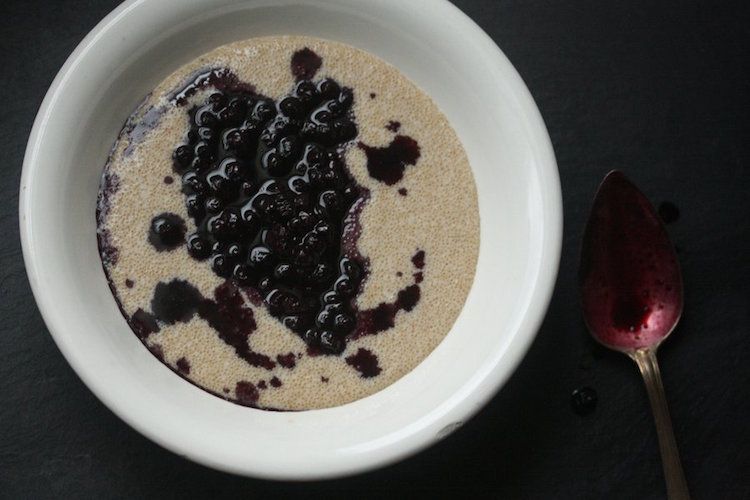
Naturally gluten-free and a complete protein, amaranth is the little grain that could. It’s a bit trickier to cook with, though, given it’s slightly crunchy texture. Also, it’s good to know that it has an earthy flavor — nothing too crazy, but think whole wheat or brown rice versus the white versions of either. Amaranth can be used to thicken soups (you don’t need very much), toss into your favorite granola, or cook like oatmeal to make a porridge-like breakfast. This tiny grain is so wholesome that I feel good sneaking in a little wherever I can.
Try: The mouthwatering, gluten-free Amaranth Breakfast Porridge with Blueberry Compote at Feed Me Phoebe.
Related: How to make instant oatmeal as nutritious as the slow cooked kind.
Millet
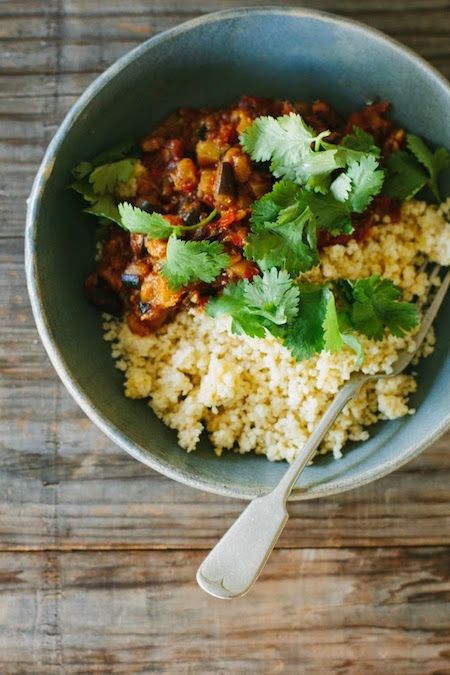
Another naturally gluten-free grain, millet is high in protein and antioxidants. Its mild taste (a little bit like cornmeal) and high nutrition content remind me a bit of quinoa. Millet is commonly used as a hot cereal or in granola, but it can also be added to baked goods or used as a replacement for rice. This under-appreciated grain deserves a second look whether you’re gluten-free or not. It’s easy to cook, too, especially if you follow these tips on how to cook millet perfectly every time from our friends at The Kitchn.
Try: The gluten-free Eggplant Tomato Curry with Buttered Millet at My Darling Lemon Thyme. Be sure to read Emma’s helpful comments before the recipe; she offers a variation that she makes specifically for her kids and tips on how to cook millet.
Israeli Couscous
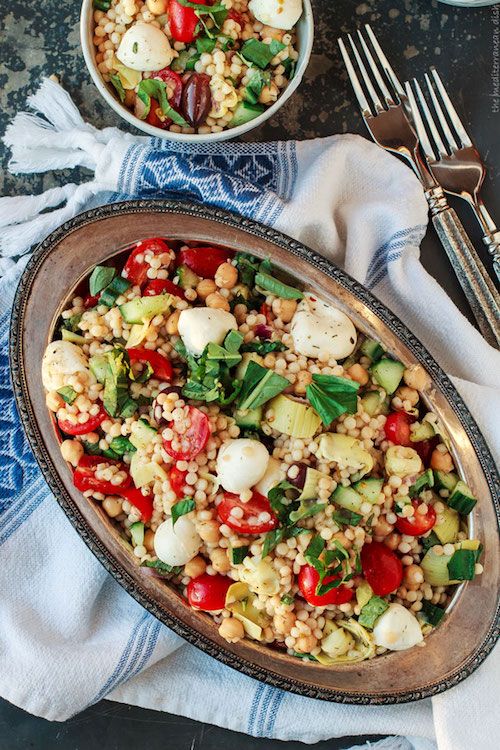
Many people debate on whether couscous is a grain or a form of wheat. I say, who cares. Pearl or Israeli couscous, which resembles a tiny round pasta in both shape and texture, is super kid-friendly and reheats well. Use it as a replacement for small cut pasta or as a simple side dish to chicken or fish. Tip: I like to “toast” pearl couscous in the pan with a little olive oil to bring out the nutty flavor before cooking it in seasoned water or broth.
Try: Israeli Couscous Salad with Chopped Vegetables, Chickpeas, and Artichokes at The Mediterranean Dish. This salad is incredibly flexible and can work with nearly whatever add-ins — or subtractions — you want given your family’s preferences.

